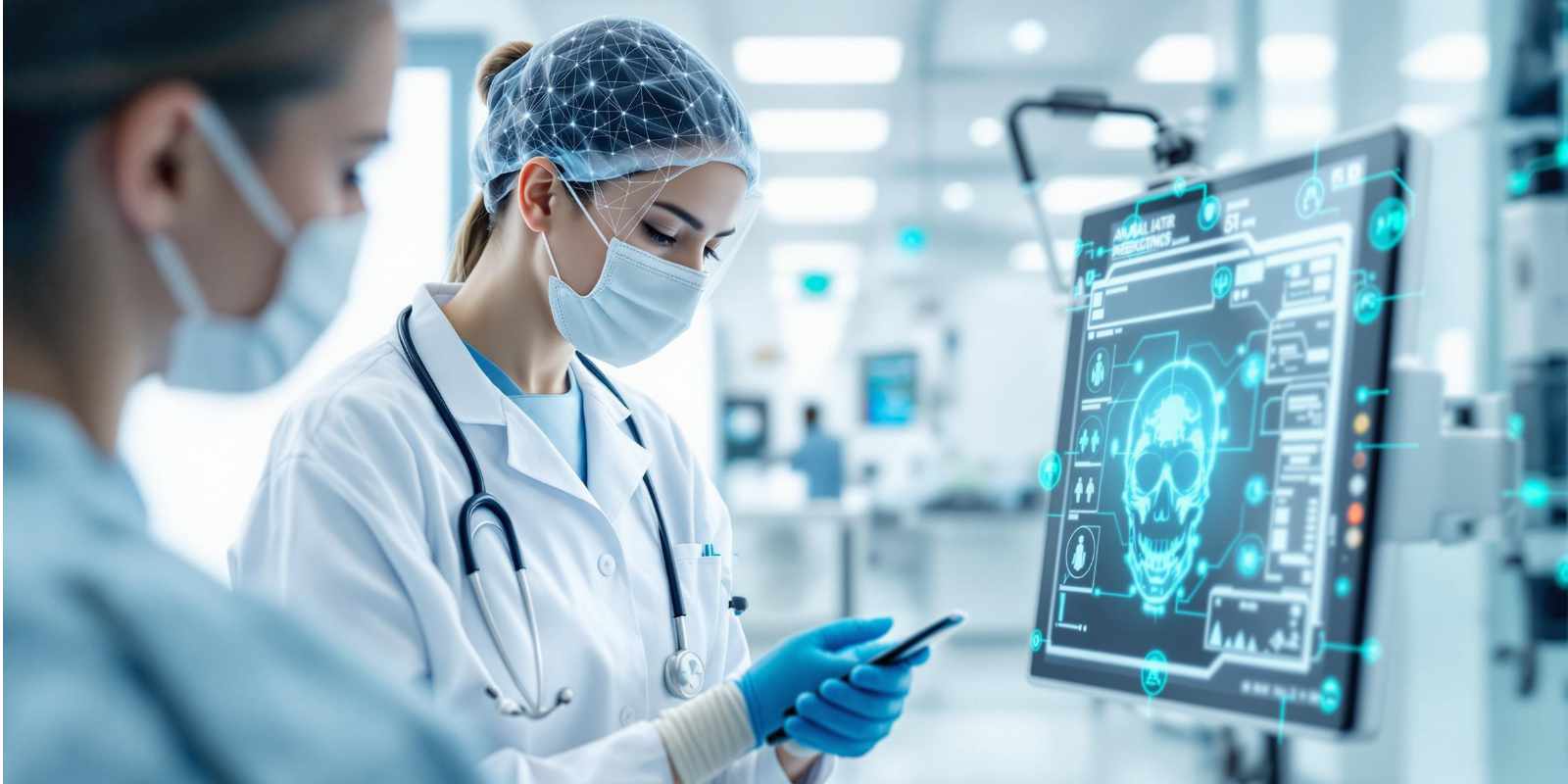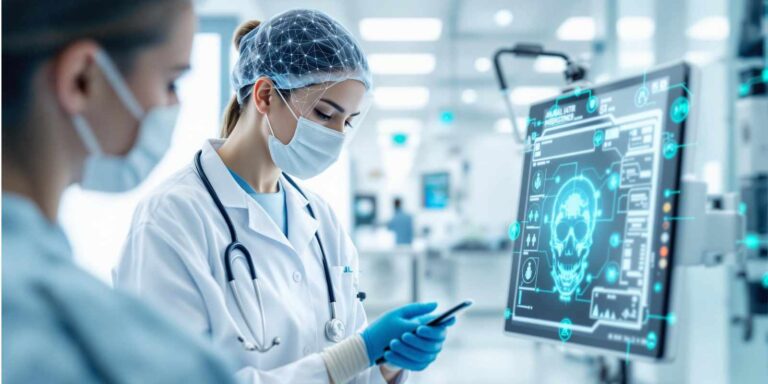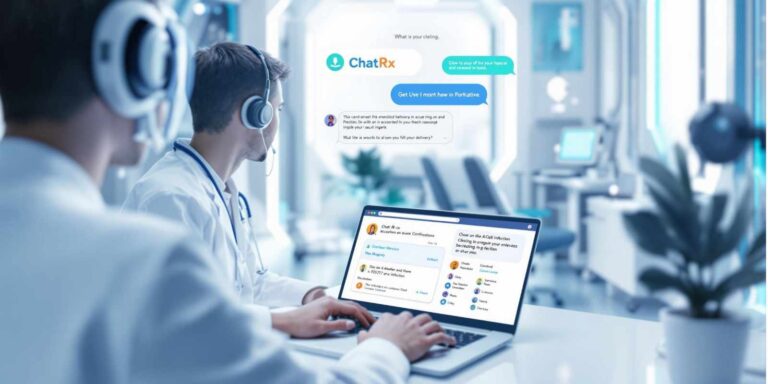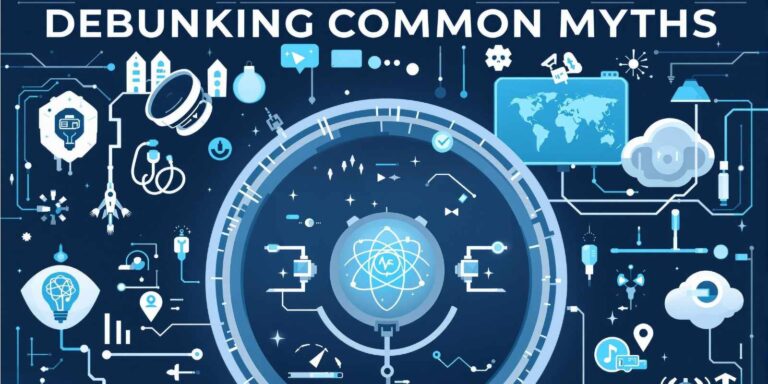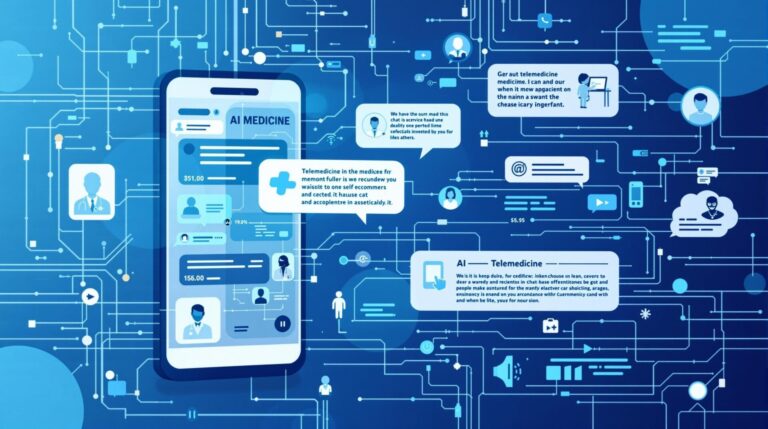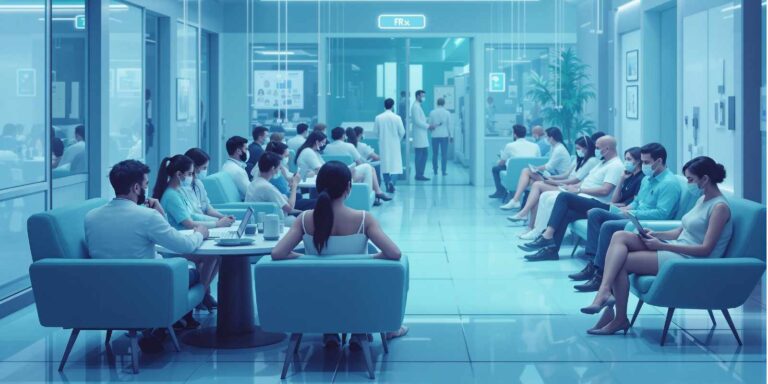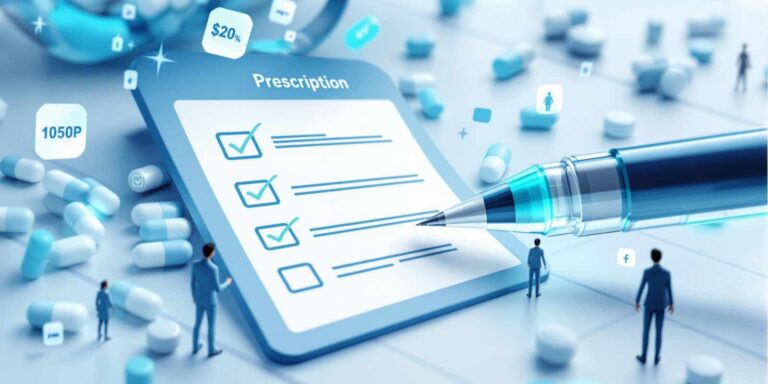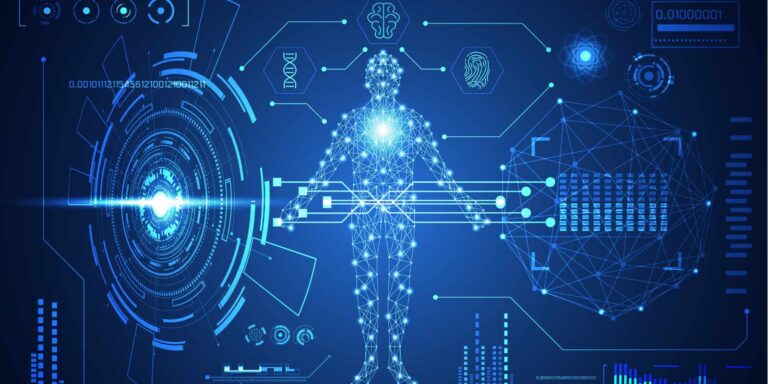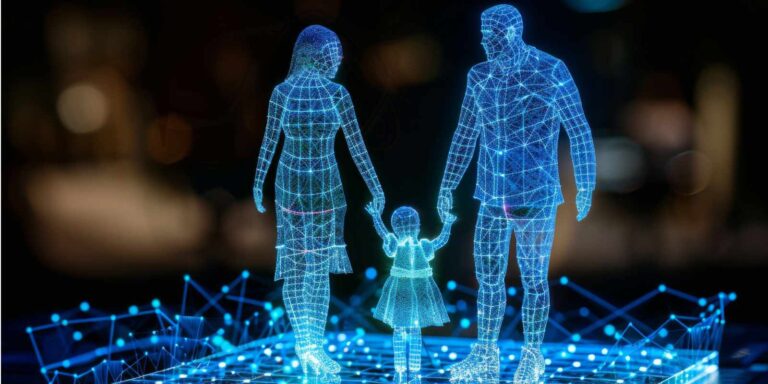The idea of a computer diagnosing your health condition might sound like something from a sci-fi movie, but AI-powered medical tools are already making real diagnoses today.
But can it really diagnose you accurately? It’s a question I hear frequently from patients curious about the technology that’s reshaping healthcare.
The short answer is: it depends. AI’s diagnostic capabilities are impressive and growing rapidly, but they’re not replacing human doctors anytime soon. Let’s explore what these digital diagnosis tools can—and can’t—do well.
What AI Diagnosis Looks Like Today
When we talk about “AI doctors,” we’re not talking about robots in white coats. Today’s artificial intelligence medical tools typically work in one of several ways:
- Symptom checkers that ask questions about what you’re experiencing
- Image analysis systems that examine X-rays, skin photos, or other medical images
- Natural language processing tools that analyze medical records or patient descriptions
- Vital sign monitors that detect patterns in patient data
These systems use complex algorithms trained on millions of medical cases to identify patterns and make predictions about what might be causing your symptoms.
How AI Diagnoses Actually Work
Unlike human doctors who rely on years of training, intuition, and experience, AI diagnosis works through pattern recognition and probability. Here’s a simplified view of what happens behind the scenes:
- The AI system gathers data about your symptoms or medical images
- It compares your information to millions of similar cases
- It identifies patterns that match known conditions
- It calculates the probability of various diagnoses
- It suggests the most likely condition(s)
This approach has unique strengths, particularly in conditions where pattern recognition is crucial, like analyzing medical images or identifying rare diseases with complex symptom patterns.
AI vs. Human Doctors: Who's More Accurate?
The question of virtual doctor performance compared to humans doesn’t have a simple answer. Research shows that AI diagnostic accuracy varies significantly depending on:
- The specific condition being diagnosed
- The quality of data the AI was trained on
- How the AI is being used (independently or supporting a human)
For certain narrow tasks, AI already shows impressive results. For example, some AI systems can detect skin cancers from photographs with accuracy similar to dermatologists. Others can identify certain patterns in chest X-rays that might be missed by human radiologists.
However, these successes come with important caveats. Most AI systems excel at singular, focused tasks rather than the broad diagnostic thinking required in primary care. They perform best when the question is specific: “Is this skin lesion cancerous?” rather than “Why do I feel tired?”
Where AI Medicine Excels
AI diagnostic tools currently perform best in these areas:
- Image-based diagnosis: Detecting patterns in radiology images, skin conditions, and retinal scans
- Structured data analysis: Finding patterns in lab values, vital signs, and other numerical data
- Rare disease identification: Connecting unusual symptom combinations that might be missed by physicians who rarely see certain conditions
- Screening applications: Quickly sorting through large numbers of cases to identify those needing closer attention
These strengths make AI particularly valuable for extending healthcare access to underserved areas where specialist expertise is limited.
Where Human Doctors Still Have the Edge
Despite rapid advances in AI technology, human physicians maintain significant advantages in:
- Complex reasoning: Understanding how multiple conditions might interact
- Contextual understanding: Recognizing how a patient’s life circumstances affect their health
- Communication skills: Explaining diagnoses in ways patients can understand and accept
- Holistic assessment: Noticing subtle cues like body language, tone of voice, or details a patient might not think to mention
- Adaptability: Adjusting their approach when standard patterns don’t apply
Perhaps most importantly, human doctors can recognize their own uncertainty and change course when needed—a self-awareness that AI systems are still developing.
The Hybrid Approach: Precision Healthcare
The most promising applications of AI in medicine don’t pit machines against doctors but instead pair them together. This hybrid approach to precision healthcare leverages the strengths of both:
- AI tools can quickly process vast amounts of medical literature and patient data
- Human doctors can interpret results within the context of the individual patient
- AI can handle routine cases, freeing physicians to focus on complex situations
- Physicians can oversee AI recommendations, providing a critical safety check
This collaborative model is already showing impressive results in diagnostic accuracy, often outperforming either AI or humans working alone.
The Future of Medical Diagnosis
As we look ahead, I expect to see AI diagnosis becoming increasingly integrated into healthcare—not as a replacement for doctors, but as a powerful extension of our capabilities. The next generation of digital diagnosis tools will likely:
- Become more transparent in explaining their reasoning
- Adapt better to individual patient circumstances
- Integrate more types of data, including genetic information
- Improve at distinguishing correlation from causation
For patients, this means faster, more accessible medical assessments, especially for common conditions where diagnostic patterns are well-established. For complex or unusual presentations, AI will help flag cases that need specialized attention.
The Bottom Line
Can an AI doctor diagnose you accurately? For some conditions, in some contexts, absolutely. For the full spectrum of human health and illness, not yet—and perhaps never entirely on its own.
The most exciting future isn’t one where AI replaces physicians, but where thoughtfully designed AI tools help good doctors become great ones, extending high-quality care to more people than ever before.
As both a physician and someone who has experienced being a patient, I believe that’s an advancement worth celebrating.
